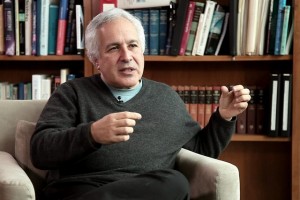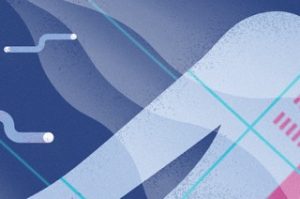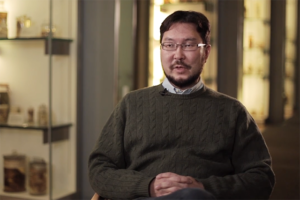Connectomics
Neurobiologist Jeff Lichtman on brain cell connections, Golgi stain, and big data in neurophysiology
What is the homologous recombination approach? How did Great Britain end the debate about embryonic stem cells, and how have ethical problems been resolved by iPS cells? Professor of Biology at MIT Rudolf Jaenisch explains the ways to define a protocol for differentiation of human stem cells.
The first breakthrough was in the 70s, people from my lab were the first one to do that, to introduce genes into an early embryo to make transgenic animals. Those were animals which carried new genetic information in all of their cells including the germ cell. They would transmit this to the next generation. Now you suddenly could design mice, in some way you could express a gene. But more importantly, you could mutate genes.
When human embryonic stem cells were discovered in the late 90s (first cells were isolated by Jamie Thomson) – that was great. Now we could do it with human cells. But what really was puzzling, it was a bit disappointing – homologous recombination did not work in human cells. I was puzzled: why not? And people scratched their heads, including us because we wanted to work with human embryonic stem cells and we wanted to do genetic manipulations. But then some very imaginative new technologies were developed. It was a combination between proteins which you were designing, which when you put them into the cells, they would introduce a single double-stranded break in the DNA.
Then some plant biologists figured out that certain plant pathogens, when they want to invade a plant, they want to change gene expression up and down to make it better for them to grow. And they do this by DNA binding protein which bind with specific sequences. And then these guys figured out: we could fuse them to the nucleus and we could use that now to target a specific sequence and the nucleus cuts in the middle.

Neurobiologist Jeff Lichtman on brain cell connections, Golgi stain, and big data in neurophysiology

Two bacterial pathogens changed their very own cell shape as they adapted to the nasopharynx microbiome

Biologist Arkhat Abzhanov on geometric morphometrics, ancestors of modern birds, and mathematical principles a...